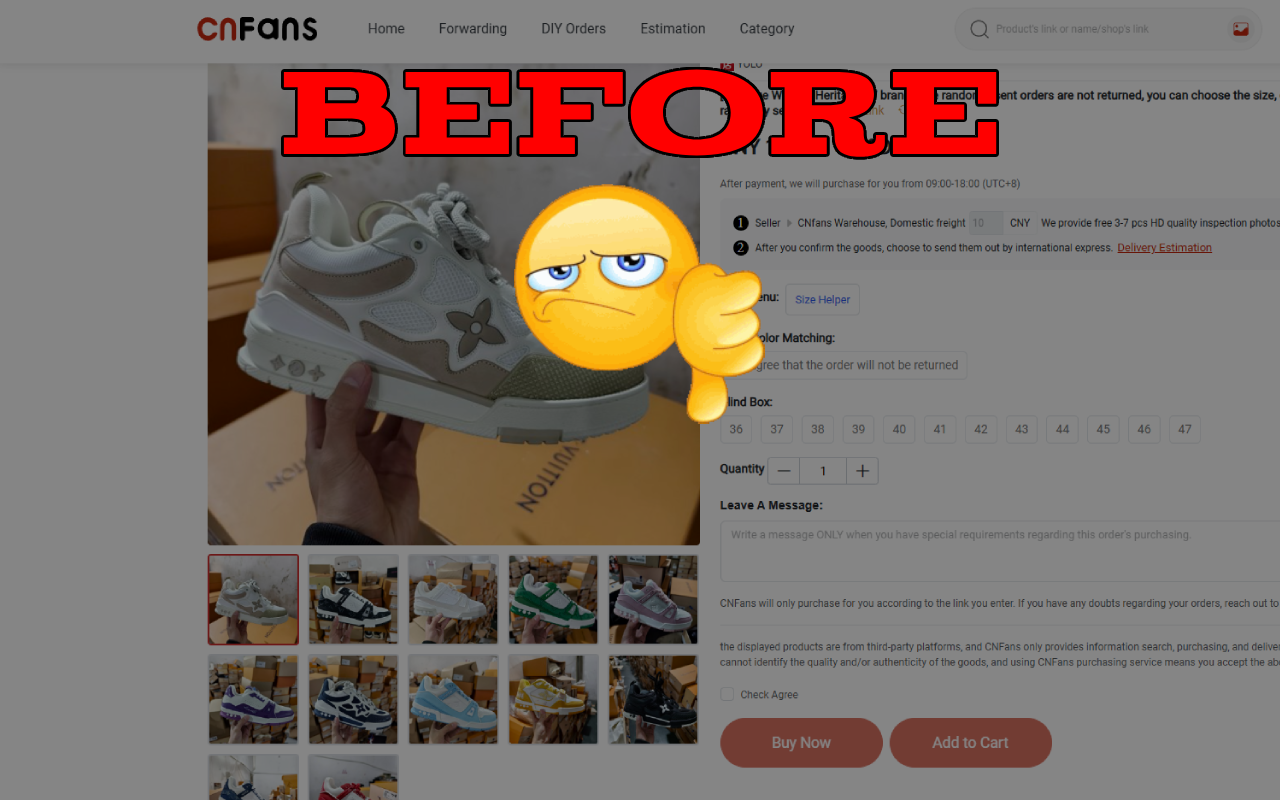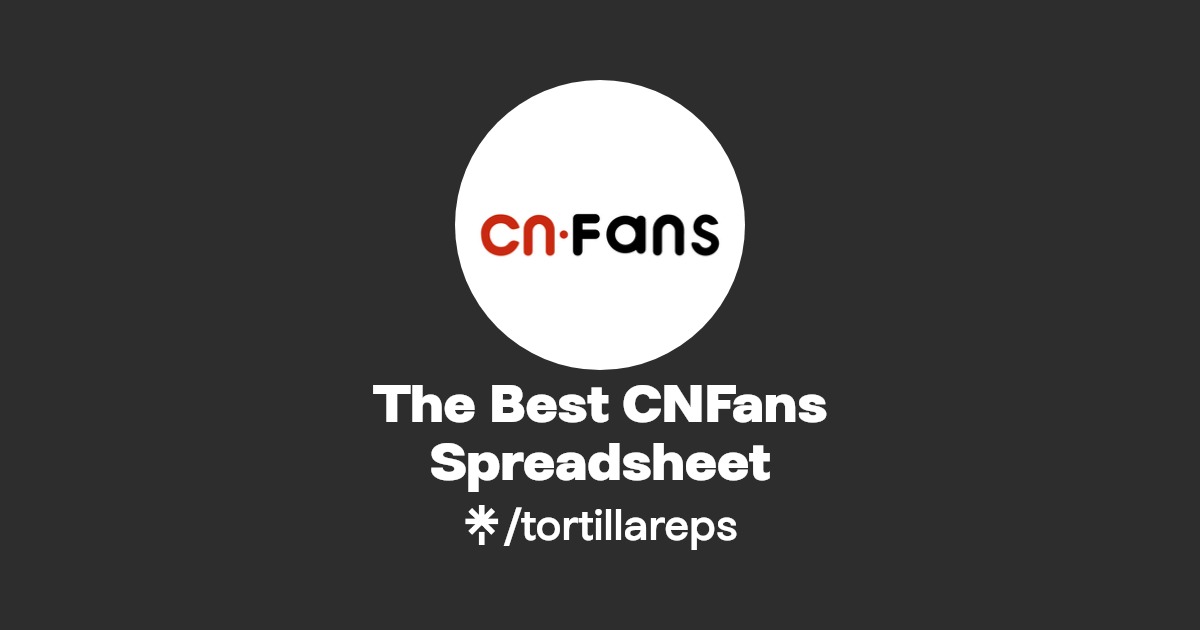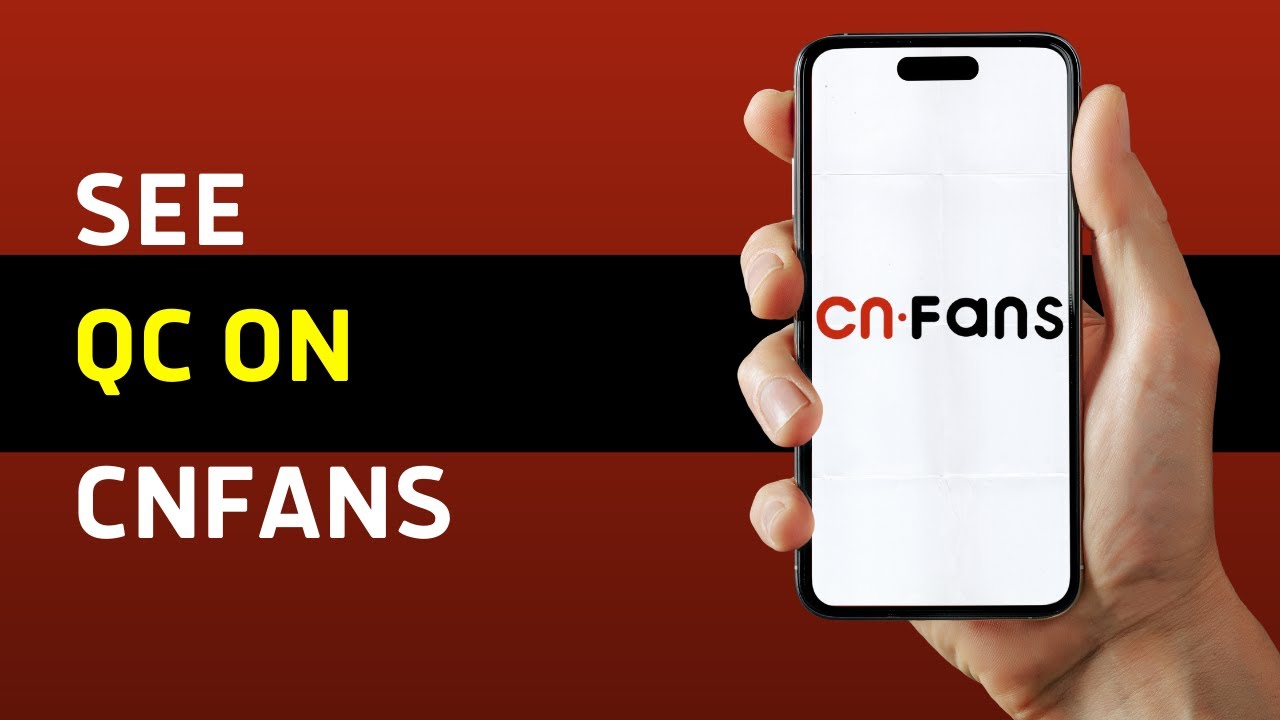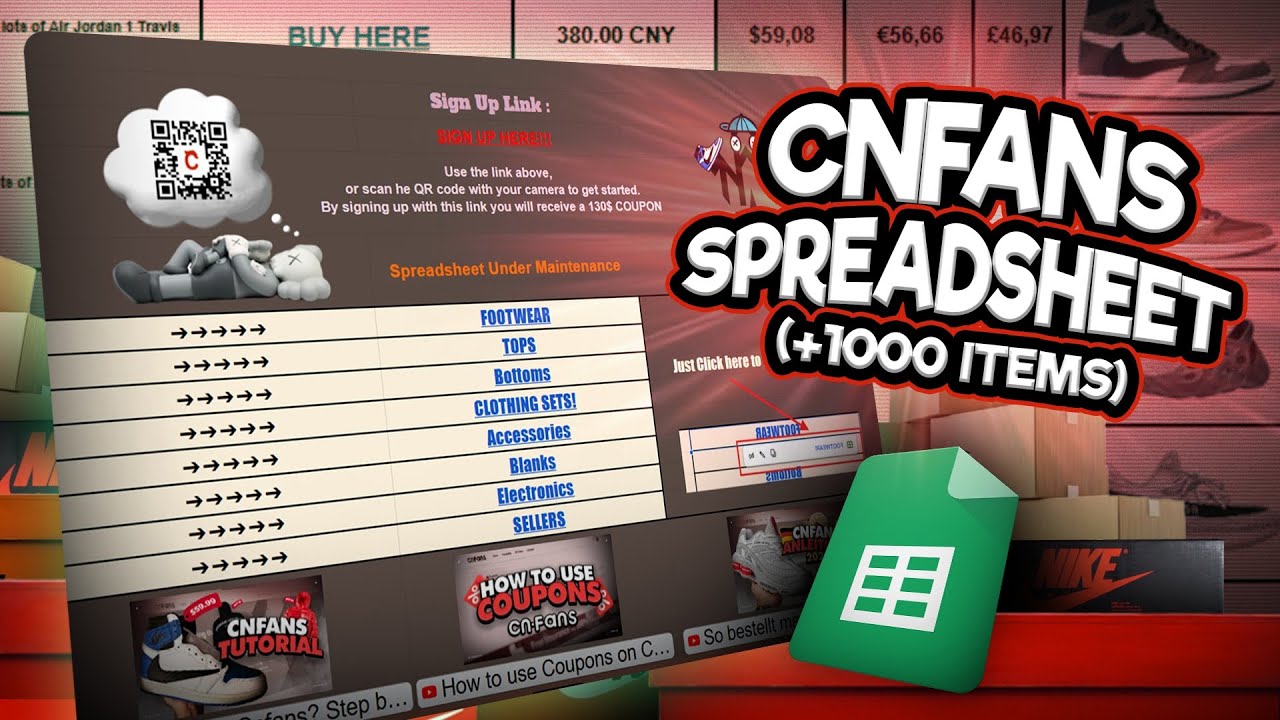Is Cnfans QC Reliable? What Buyers Need to Know
Before you click that “Approve QC” button on your latest Cnfans order, you might be wondering — can I really trust what I see in the photos? The Cnfans QC process is designed to protect you from receiving low-quality items. But does it really work? Or is it just a formality?
Let’s break it down.
What Is Cnfans QC and Why Does It Matter?
Cnfans QC (Quality Check) is the final inspection step before your order leaves the warehouse. It gives you:
- A set of Cnfans QC photos
- Basic item details and sizing
- The ability to approve or reject the product
This step is critical. Once you approve, the item gets shipped — and returns become much harder.
What’s Included in a Typical Cnfans QC Check?
Here’s what buyers usually receive:
- High-angle photos of your item (top view, side, tag, box, etc.)
- Basic item description (color, size, SKU)
- Sometimes: measurement snapshots or brief notes if requested
But is it detailed enough? That’s where some controversy begins.
Can You Trust Cnfans QC Photos?
| Strengths | Weaknesses |
|---|---|
| Clear lighting in most cases | Limited number of photos |
| Multiple angles (usually) | Angles can hide defects |
| Shows tags, soles, stitching | Some sellers provide misleading reps |
Some buyers say the Cnfans QC photos look great — until they receive the item and find flaws that were hidden, cropped, or missed entirely.
What You Can Do:
- Zoom in on toe boxes, stitching, logos
- Compare with authentic photos
- Use Reddit or Discord communities for a second opinion
How Thorough Is the Cnfans QC Process Really?
The harsh truth: Cnfans QC is visual-only.
- No functionality tests (e.g., zippers, electronics)
- No smell or touch inspection
- No try-ons or fitting tests
They won’t notice glue smell, creasing, or minor flaws unless it’s visible in photos. That means you, the buyer, are the final inspector.
Real User Reviews: Praise vs. Complaints
Praise:
- “Photos are clear and timely.”
- “Saved me from shipping a flawed pair of sneakers.”
- “Easy to approve and reject.”
Complaints:
- “Approved a shoe with obvious flaws I didn’t notice.”
- “Photos were too zoomed-out to inspect quality.”
- “Rejected an item, but the replacement was worse.”
You’ll find both positive and negative experiences across Reddit, RepSneakers, and Weidian forums.
Common Issues Buyers Face With Cnfans QC
- Stitching defects not shown clearly
- Overexposed lighting hides color flaws
- Wrong sizing tags missed by inspector
- No re-QC after a failed rejection unless you push
It’s rare, but some buyers have had items shipped even after requesting rejection — usually due to system errors or miscommunication.
Can You Request Better QC Checks?
Yes — but it depends on how you ask.
- Use the “Reject” button and leave specific instructions
- Ask for additional angles or a photo of a specific part
- Mention what defect to look for (e.g., glue marks, midsole curve)
However, there’s no guarantee Cnfans will take additional photos unless the issue is obvious.
How Cnfans QC Compares to Other Agent QC Services
| Agent | QC Quality | Recheck Policy | Extras |
|---|---|---|---|
| Cnfans | Basic | 1 recheck allowed | QC finder tool |
| Wegobuy | More detailed | Rephotos on request | Better box shots |
| Superbuy | Consistent | Clear return policies | Measurement photos |
| Sugargoo | Average | Slower rechecks | Limited QC archive |
Who Should Rely on Cnfans QC (and Who Shouldn’t)?
| Buyer Type | Recommended? | Why |
|---|---|---|
| First-time shopper | Yes | Good for learning what to expect |
| Sneaker collector | Maybe | Use additional QC tools |
| Bulk reseller | Caution | Photos may not catch factory defects |
| Gift buyer | Yes | Simple approval process |
Cnfans QC Pros and Cons Summary
| Pros | Cons |
|---|---|
| Fast and easy photo delivery | No physical quality testing |
| Simple approve/reject system | Limited photo angles |
| Central QC Finder dashboard | Rare but critical approval errors |
| Clean interface | No live communication with QC staff |
6 Essential Tips to Make the Most of Your Cnfans QC
- Join a QC community (Reddit, Discord) for second opinions
- Compare QC photos with retail references
- Look for common flaws (glue, toe box, tags)
- Be specific when requesting a recheck
- Use the QC Finder to track all reports easily
- Never approve in a hurry — slow down and check
GET IN TOUCH
Let us Send You a Quote
FAQs About Cnfans QC Reliability
- Can Cnfans QC guarantee no flaws?
No — it’s a visual check only. Some issues are easily missed. - Do they check inside the shoes or clothing?
Not usually. Interior defects are often not photographed unless requested. - How long does it take to receive QC photos?
Usually 24–72 hours after the seller ships to the warehouse. - Can I reject QC and request another item?
Yes, but it depends on item stock and seller return policy. - Do they refund if the item arrives flawed after approval?
No. Once approved, it’s your responsibility — so review carefully. - Can I trust the QC team’s judgment?
They don’t make recommendations — you must decide based on photos alone.
Final Verdict: Is Cnfans QC Worth Trusting?
Cnfans QC is reliable — within limits.
It works best for experienced buyers who know what to look for. The photos are helpful, but the burden is on you to inspect carefully and reject items with visible flaws.
If you’re expecting perfection or a professional-grade inspection, you may be disappointed. But if you treat it as a basic visual filter — it’s a powerful, useful tool that adds control to your buying experience.



